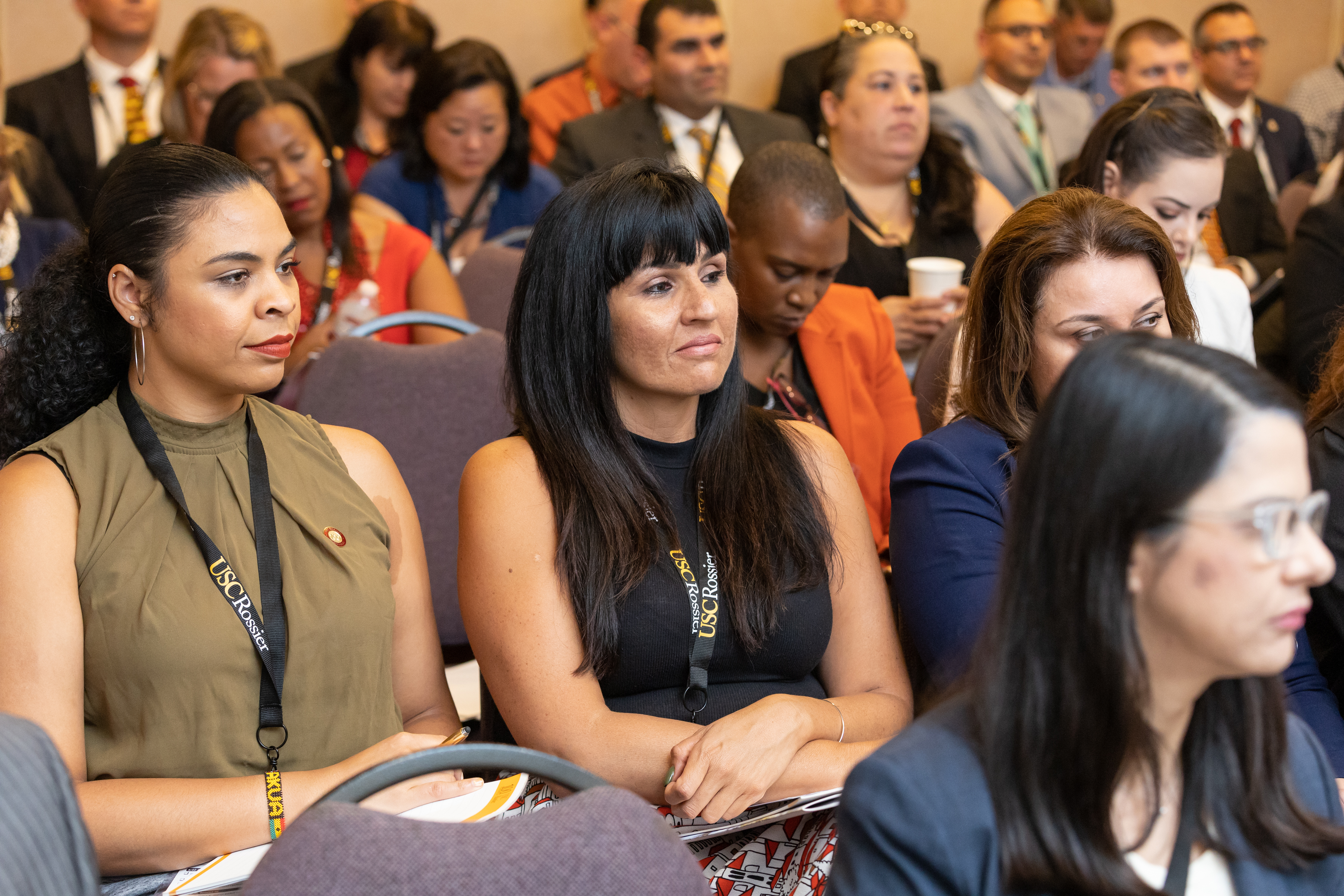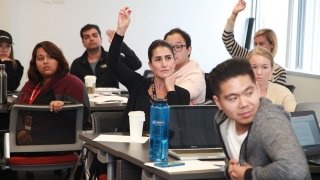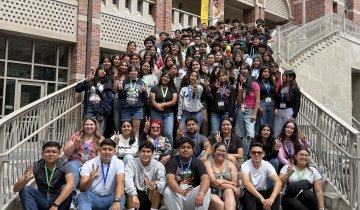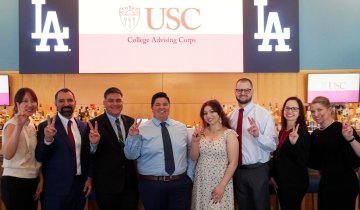Equity in education refers to ensuring students who have been historically marginalized by educational institutions receive sufficient support and access to resources. The term can also refer to professionals within the education industry who lack similar access to support and opportunities.
The intent of the Equity in Education Glossary is to help teachers, leaders and administrators better serve students and themselves. These concepts and identity terms highlight those who are underserved by K-12 schools and other educational institutions.
Definitions are intentionally concise, and links have been added to provide more context.
Ableism
Ableism is the discrimination against individuals with disabilities. In education, ableism manifests itself in a general lack of acceptance of and support for students with disabilities.
Examples of ableism might include schools that prioritize the needs of traditionally abled students over the disabled, or lack staff with sufficient training to engage with disabled students.
Related: Seven key takeaways about the education specialist credential
Accessibility
Accessibility refers to how well students can physically navigate campus structures and facilities, as well as their ability to engage with educational content. Students with certain disabilities may need additional support such as screen readers, dyslexia-friendly fonts, and more.
Related: Web content accessibility guidelines (WCAG) overview
Anti-racism
Anti-racism is the intent to “disrupt policies, laws and structures that promote racist acts,” says Darline Robles, Professor of Clinical Education at USC Rossier. Educational institutions and school districts that aspire to practice anti-racism should begin by identifying ways in which policies and practices can be improved to support their students of color who have been historically under-served.
Related: Racial equity in education: Seven key points
Diversity
Diversity correlates with representation among men, women, and ethnic groups in a given setting. For example, diversity can be a useful metric when measuring the ratio of teachers to students of color in a school.
Related: The benefits of teacher diversity in K-12 schools
Equality
Equality is the equal treatment of all individuals, regardless of their need. However, equal does not always mean fair. For example, some students in a classroom have different learning and social-emotional needs than others.
Equity
Equity “reallocates resources and support to those who need differentiated approach so they can succeed and thrive,” notes Robles. At the institutional level, promoting equity requires a commitment to “reorganize structures and opportunities” in an intentional way.
Related: Seven effective ways to promote equity in the classroom
Gender Equity
Gender equity often refers to the fair treatment of men and women in accordance to their respective needs. However, the term can also encompass all gender identities. In education, gender equity seeks to correct a system in which all individuals (administrators, teachers, students, etc.) are judged by standards that traditionally apply to men.
Related: Gender equity in education: Eight ways to reduce bias [with infographic]
Implicit Bias
Implicit bias refers to socialized attitudes that are discriminatory against certain people. People may not be aware that they are biased, but exposure to biased attitudes in their life has led to untrue and unfair beliefs.
Teachers can be dedicated to educating all students, but because of implicit bias, they may have lower expectations for students of color. Meanwhile, while women comprise the overwhelming majority of teachers in the United States, only 27% of superintendents are women, suggesting they may be subject to biases about their ability to lead.

Intersectionality
Intersectionality is a term coined by scholar Kimberlé Crenshaw to describe how race, class, gender and other identifications overlap. Individuals’ intersecting identities can multiply the biases against them.
LGBTQ
LGBTQ is a term representing a range of gender expressions (lesbian, gay, bisexual, transgender and questioning) for individuals who don’t identify with traditional male-female gender definitions.
Related: From teasing to torment: School climate revisited
Microaggression
A microaggression is a small, sometimes unintentional slight rooted in assumptions about an individual’s race or gender identity. A microaggression is like a papercut, says Robles. It hurts, but the pain usually goes away. However, as people receive more microaggressions over time, their impact grows and can affect individuals’ beliefs about themselves.
Related: A look at implicit bias and microaggressions
Minoritized
Minoritized describes a group of people who have been marginalized by the dominant culture. It is the preferred term to “minority,” and can refer to race, sex, gender, religion or other groups that hold disproportionately low power due to social constructs.
Personal Pronouns
Personal pronouns can be used to articulate individuals’ gender expression when traditional male-female pronouns fail to accurately reflect their identity. They can be a way for students and colleagues to feel acknowledged and supported.
Privilege
Quoting a student, Robles defines privilege as “unmerited grace.” It refers to the power individuals hold in society despite the fact that they haven’t earned it. Failing to understand privilege can blind an individual to the needs of others who are less privileged.
Racial Equity
Racial equity acknowledges the harm that has been done to people of color for generations, as well as its impact on dominant policies and attitudes in the present.
Related: Racial equity in education: Seven key points
Systemic Racism
Systemic racism is the impact that racist policies and attitudes have on social systems and institutions. In education, systemic racism affects students of color in areas including school resources, academic support, discipline and more.
Transgender
Transgender refers to individuals who identify with and wish to be considered as the opposite sex. It also includes those who have undergone surgery to more closely biologically align with the opposite sex. When addressing transgender students or colleagues, use their preferred pronouns.




